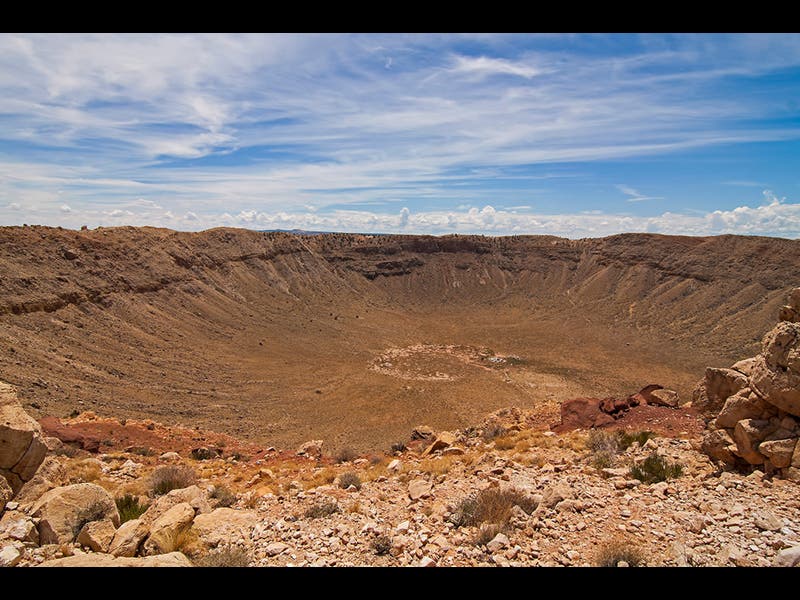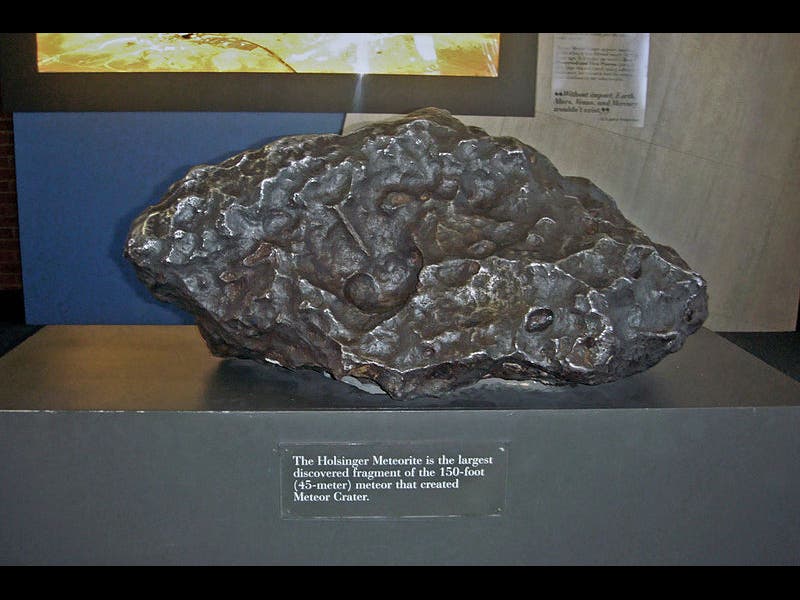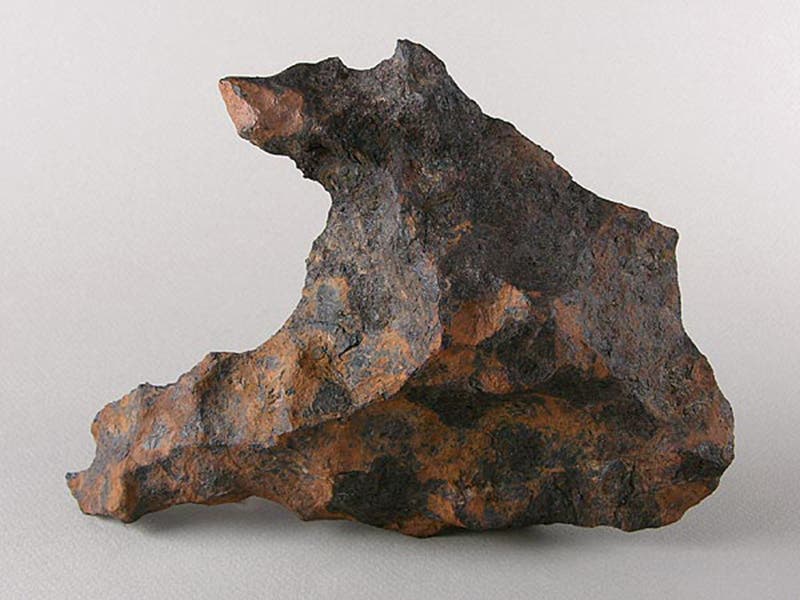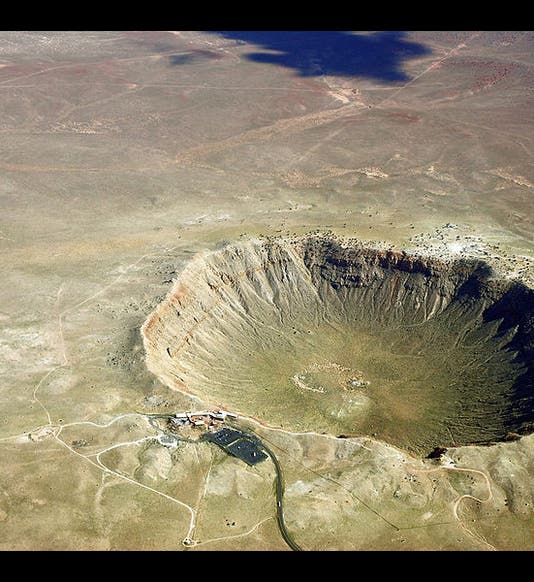Scientist of the Day - Daniel Moreau Barringer




Daniel Barringer, an American geologist, was born May 25, 1860. In 1902, Barringer explored a large crater in Arizona that was called, at the time, Coon Mountain. Another eminent geologist, Grove Karl Gilbert, had earlier ruled out the possibility that Coon Mountain could have been caused by an impact and determined that it must have been the product of a subterranean gas explosion. Barringer was of a different mind and was convinced that Coon Mountain was the result of a meteorite impact. Since most meteorites are largely iron, and since this one must have weighed millions of tons, Barringer believed that he could make a fortune by digging the meteorite out of the crater, and he created a mining company to do so. Twenty years of digging and hundreds of thousands of dollars of investment produced only a few small fragments. Fortunately for his reputation, Barringer published a paper early on (1905) in the Proceedings of the Academy of Natural Sciences of Philadelphia in which he presented his arguments for the impact theory, and eventually geologists were convinced that Barringer was correct. Barringer lived just long enough (he died in 1929) to learn of calculations done by the astronomer Forest Ray Moulton which showed that such an energetic impact would have completely vaporized the incoming meteorite, and that his mining enterprise had been doomed to failure even before it began. The crater became known as Meteor Crater once Barringer’ s hypothesis was accepted, and scientists today tend to call it Barringer Crater in honor of Barringer (see first and second images above). The Crater is not a National Monument, because the Barringer family still owns the site, although they long ago ceased to mine it. The largest impactor fragment so far discovered, the Holsinger meteorite, is on display at the Meteor Crater Visitor’s Center (third image). Another fragment, the Canyon Diablo meteorite (fourth image), was used in 1956 to provide the first accurate radiometric age of the Earth, at 4.55 billion years. Dr. William B. Ashworth, Jr., Consultant for the History of Science, Linda Hall Library and Associate Professor, Department of History, University of Missouri-Kansas City. Comments or corrections are welcome; please direct to ashworthw@umkc.edu.






